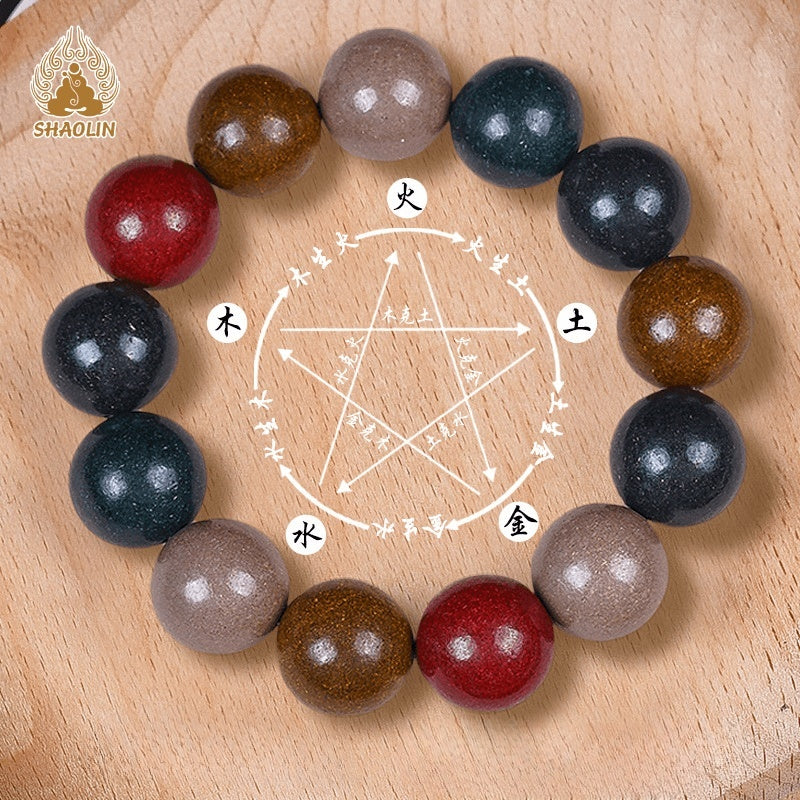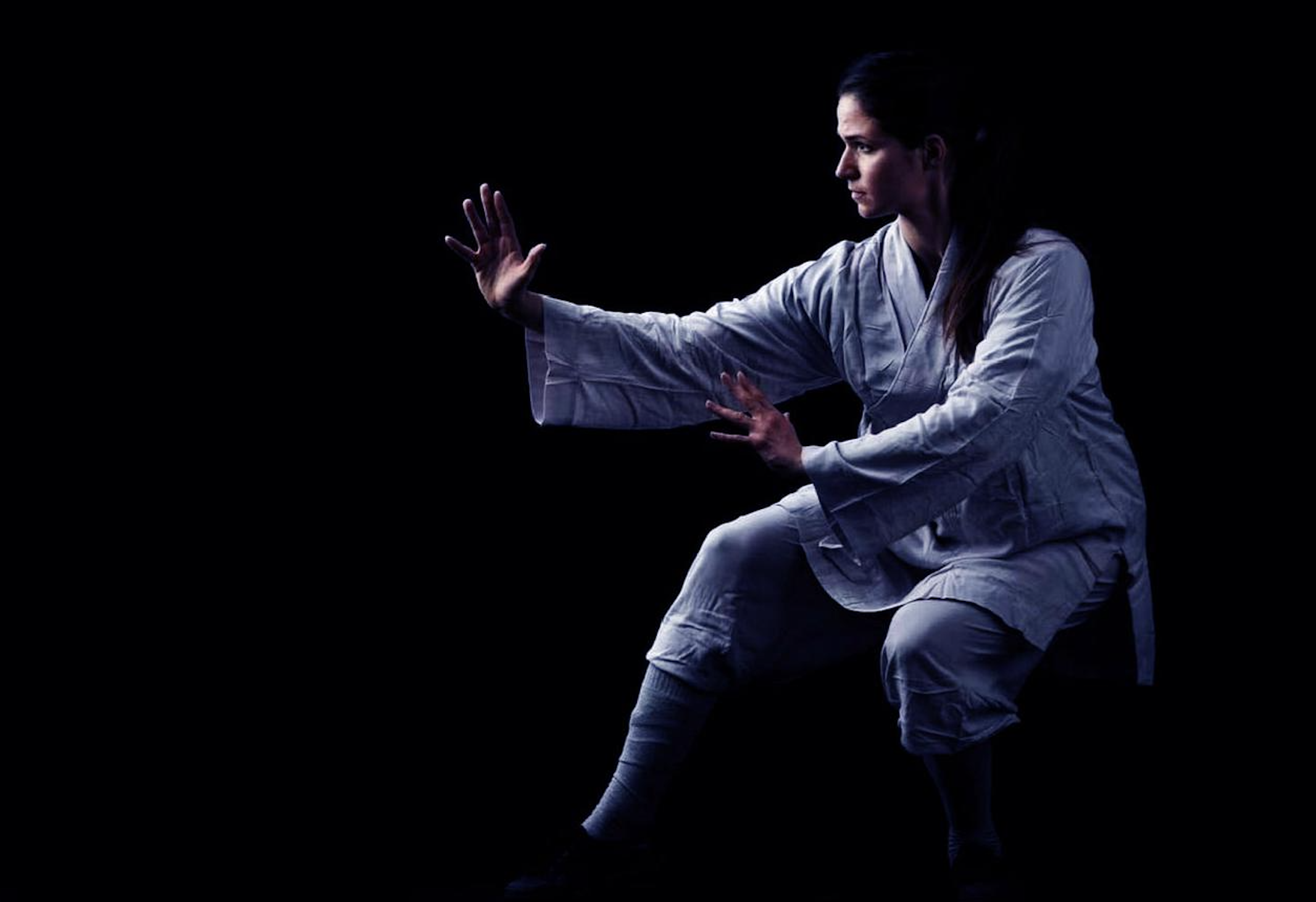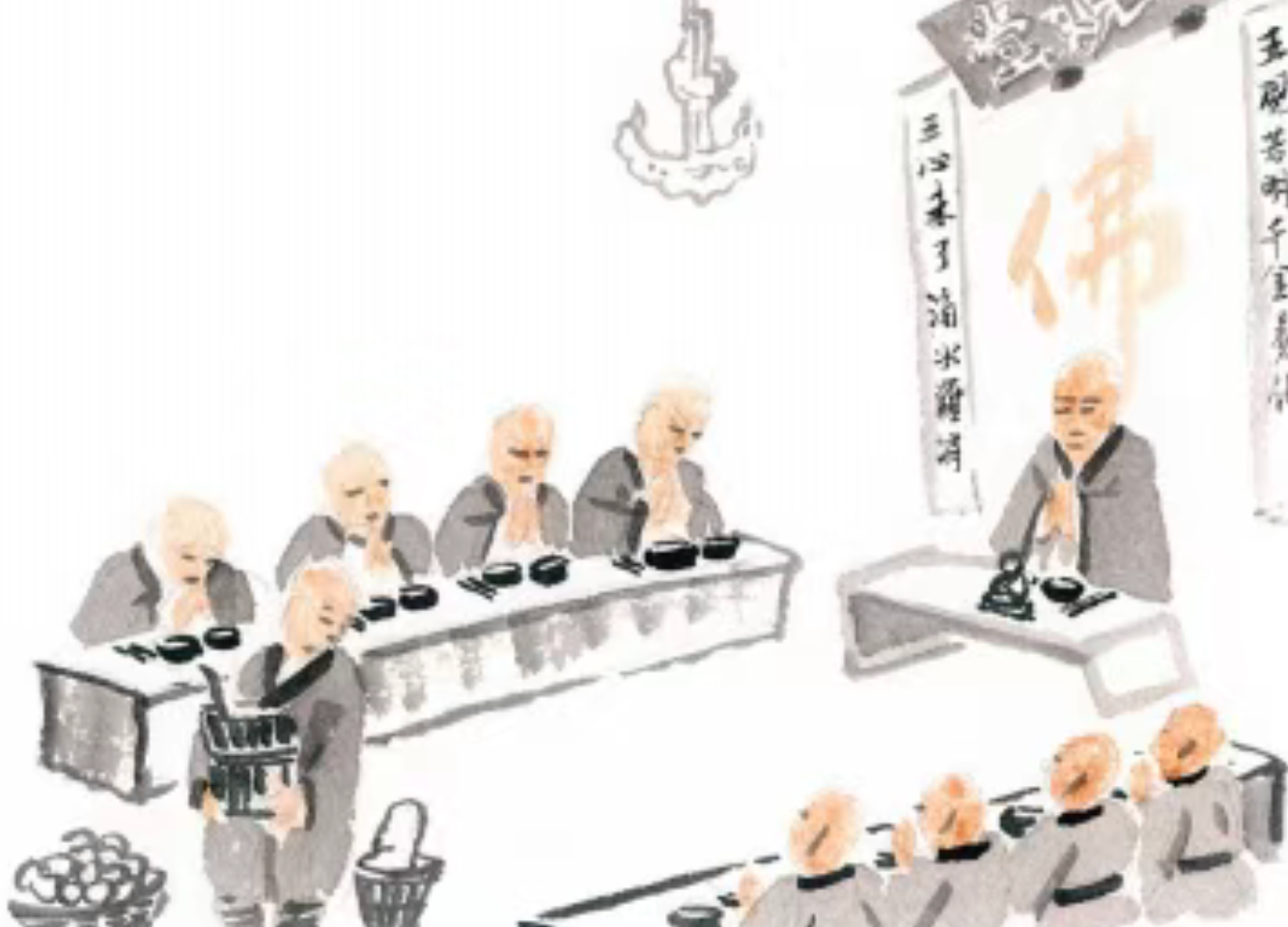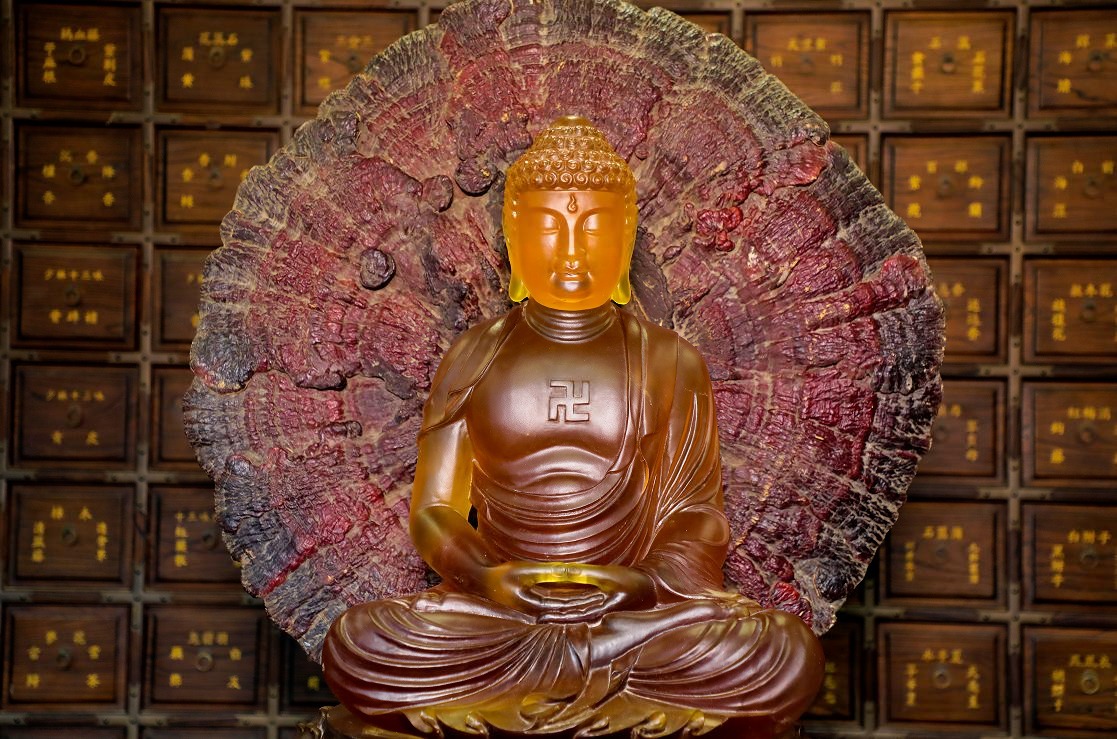Amidst the morning bells and evening drums of Shaolin Temple, we often see the masters with serene expressions and composed steps. They seem untouched by worldly troubles, perpetually maintaining inner peace. Yet, do monastics experience anxiety? This question may lead us deeper into the essence of spiritual practice and the true meaning of life.
Anxiety: A Universal Affliction of Sentient Beings
As the Buddhist scriptures state, “All sentient beings, before attaining liberation, are subject to afflictions.” Anxiety is but one manifestation of these afflictions. Even masters who have practiced for years inevitably encounter inner turbulence. However, their approach to anxiety differs from that of ordinary people.
An old monk once remarked, “Affliction is itself Bodhi (enlightenment).” This means that anxiety can also serve as an opportunity for awakening. When anxiety arises, the masters do not flee or resist it but instead regard it as a chance for cultivation. They sit in meditation, observe the mind, and investigate the root of the anxiety, thereby gaining profound insight.
Shaolin Wisdom: Using Zen to Counteract Anxiety
The thousand-year-old Zen tradition of Shaolin Temple offers unique wisdom for dealing with anxiety. The Five-Element Beads and Incense Beads are tangible embodiments of this wisdom. These seemingly simple implements conceal profound methods of practice.

Wu Xing Beads | Five Element Harmony Bracelet
Those seeking holistic balance and energy alignment. Individuals experiencing burnout.
Learn About This Shaolin TreasureThe Five-Element Beads correspond to the five elements—metal, wood, water, fire, and earth—symbolizing the laws of the universe’s operation. When the fingers move along the beads, they not only help focus the mind but also harmonize the body’s five elements, achieving inner balance. Many masters, when feeling restless, silently recite Buddhist mantras while counting the beads to calm their spirits.
Incense Beads, on the other hand, engage the sense of smell—the most direct of the senses—to guide practitioners back to the present moment. A wisp of fragrant smoke can instantly awaken awareness, breaking the chain of scattered thoughts. This method of using external objects to aid inner cultivation is a hallmark of Shaolin wisdom.
Sleep Disorders: A Modern Epidemic
In the fast-paced modern world, sleep disorders have become a widespread issue. Many people toss and turn, unable to sleep, only to feel lethargic the next day, creating a vicious cycle. How do the masters view this problem?
Shaolin medicine attributes sleep disorders primarily to restlessness of the mind and imbalance of qi and blood. Traditional remedies include meditation, medicinal diets, and moderate exercise. Among these, meditation is the most fundamental solution. By regulating the breath and relaxing the body and mind, one naturally achieves restful sleep.
Experience the calming effects of the Five-Element Beads
Cultivation in Daily Life
The daily lives of the masters are themselves a form of practice. From morning chanting to evening meditation, every aspect is meticulously designed to cultivate mindfulness and reduce anxiety.
In terms of diet, Shaolin Temple adheres to the principle of “Five Contemplations While Eating”: (1) contemplating the difficulty of obtaining food, (2) reflecting on whether one’s virtues warrant such sustenance, (3) guarding the mind against transgressions, (4) viewing food as medicine for the body, and (5) eating to support the path to enlightenment. This mindful approach to eating effectively reduces the growth of greed, anger, and delusion.
Labor is also an essential part of practice. Shaolin’s tradition of “no work, no food” ensures that physical toil not only strengthens the body but also tempers the mind, diverting attachment to afflictions.
Transforming Anxiety into Awakening
True eminent monastics do not lack anxiety; rather, they know how to transform it into a driving force for practice. They understand that all emotions are transient, like clouds in the sky—coming and going swiftly.
A Zen master once likened the mind to still water: “When the mind is like still water, afflictions are but ripples.” The key lies in not clinging to any emotion, including anxiety.
Wisdom for Modern Practitioners
Though most of us cannot renounce worldly life to practice as the masters do, we can draw inspiration from their wisdom to address anxiety in daily life. The following points may prove helpful:
- Establish a regular routine: Maintain consistent sleep and wake times to stabilize the body’s natural rhythms.
- Practice mindful breathing: Spend a few minutes each day focusing on the breath, observing its natural flow.
- Engage in moderate exercise: Basic Shaolin movements, such as standing meditation (zhanzhuang) or the Eight Pieces of Brocade (Baduanjin), are excellent choices.
- Simplify life: Reduce unnecessary desires and attachments, finding contentment in simplicity.
- Use cultivation tools: Such as the Five-Element Beads or Incense Beads, to stabilize the mind.
Conclusion: Affliction Is Itself Bodhi
Returning to the initial question: do monastics experience anxiety? The answer is yes. The difference lies in their perception— they see anxiety not as a hindrance but as a stepping stone on the path. Through persistent effort, they ultimately attain the state of “no abiding mind.”
As the Sixth Patriarch Huineng proclaimed:
“Bodhi is not a tree,
Nor is the mind a mirror stand.
Originally there is not a single thing—
Where can dust alight?”
When we see through the illusory nature of anxiety, it loses its power to bind us.
May we all draw nourishment from Shaolin wisdom, maintaining a tranquil heart amidst life’s turmoil.



